Corals are one of the most intriguing and misunderstood marine organisms in the world. Some people may think they are rocks, some think they are plants. In fact, they are animals! They are carnivorous organisms with tentacles to sting and catch their prey. Some time ago, we introduced you to the brain coral. This time, let’s learn more about one of the Hong Kong local species - 𝘗𝘢𝘷𝘰𝘯𝘢 𝘥𝘦𝘤𝘶𝘴𝘴𝘢𝘵𝘢 (Dana, 1846), also known as leaf coral with nicknames of cactus, potato chips, and lettuce.
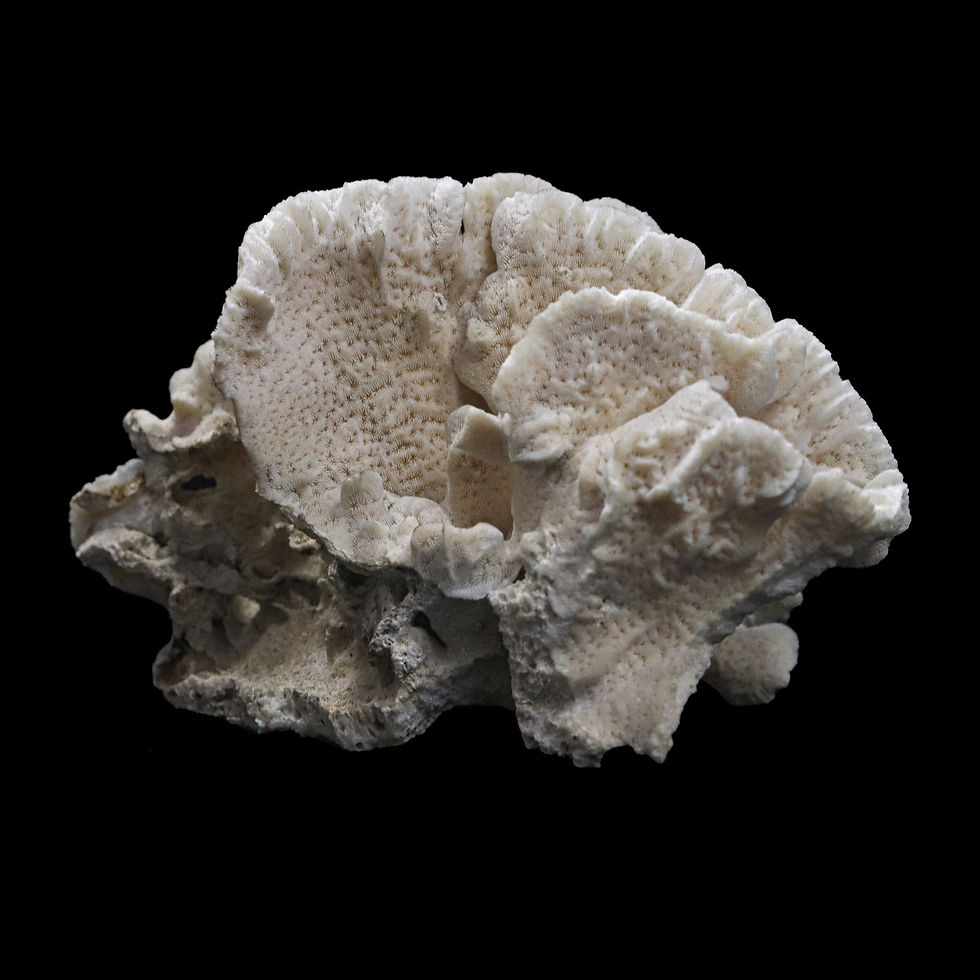
Leaf corals are common and can be found in shallow reef habitats in Hong Kong, but also in tropical parts of the western and central Indo-Pacific region, ranging from East Africa and the Red Sea to Japan, the East China Sea, the Philippines, Papua New Guinea, and eastern Australia. Quite a large distribution!
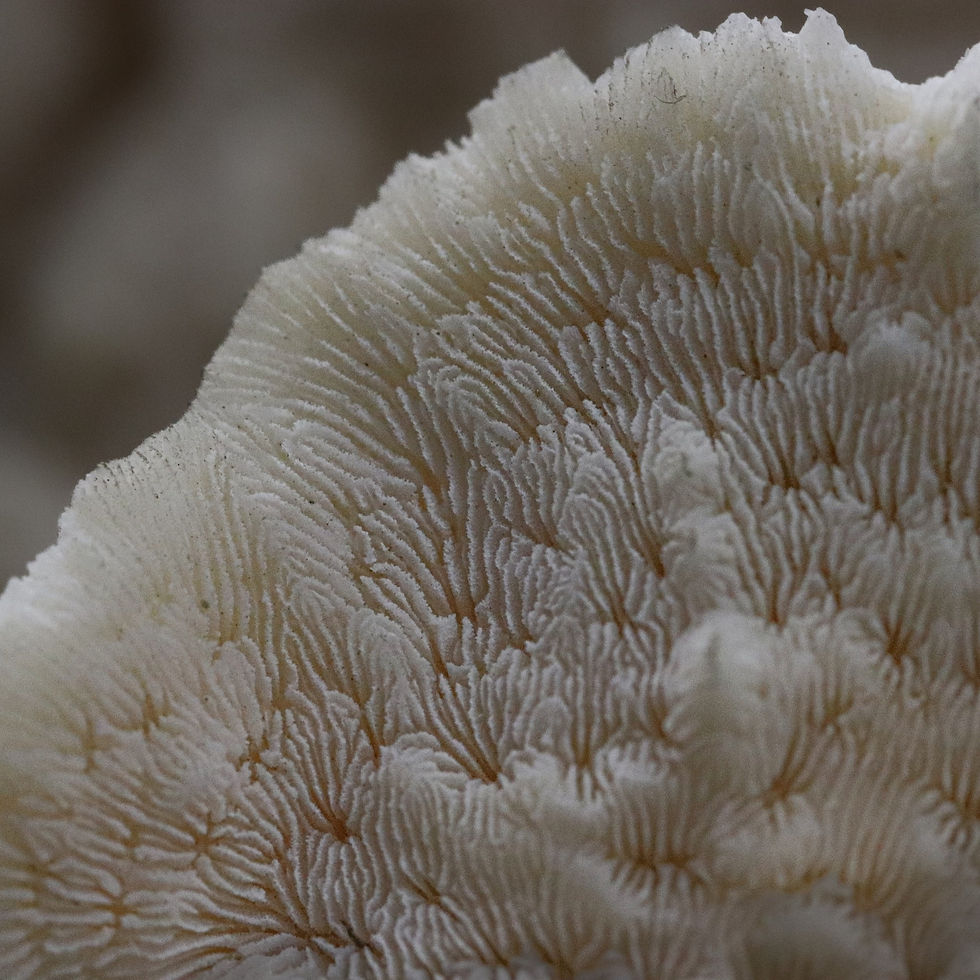
𝘗. 𝘥𝘦𝘤𝘶𝘴𝘴𝘢𝘵𝘢 are submassive stony corals (reef-building corals that grow extensively) with brown to yellowish brown colouration and belong to the Agariciidae family. The skeleton of each polyp (corallite) is small and deeply seated on both surfaces of the plates. If you look closely enough, you may also find their short white tentacles used for predation by catching floating zooplankton via direct feeding, just like their relative: jellyfish! Apart from direct feeding, they also produce food through photosynthesis, just like plants! That’s why some people mistake them for plants. However, contrary to plants they do not possess chloroplasts, the structure allows photosynthesis. Instead, zooxanthellae (symbiotic bacteria that provide food for corals) bound with the coral to produce food via photosynthesis using light as an energy source.
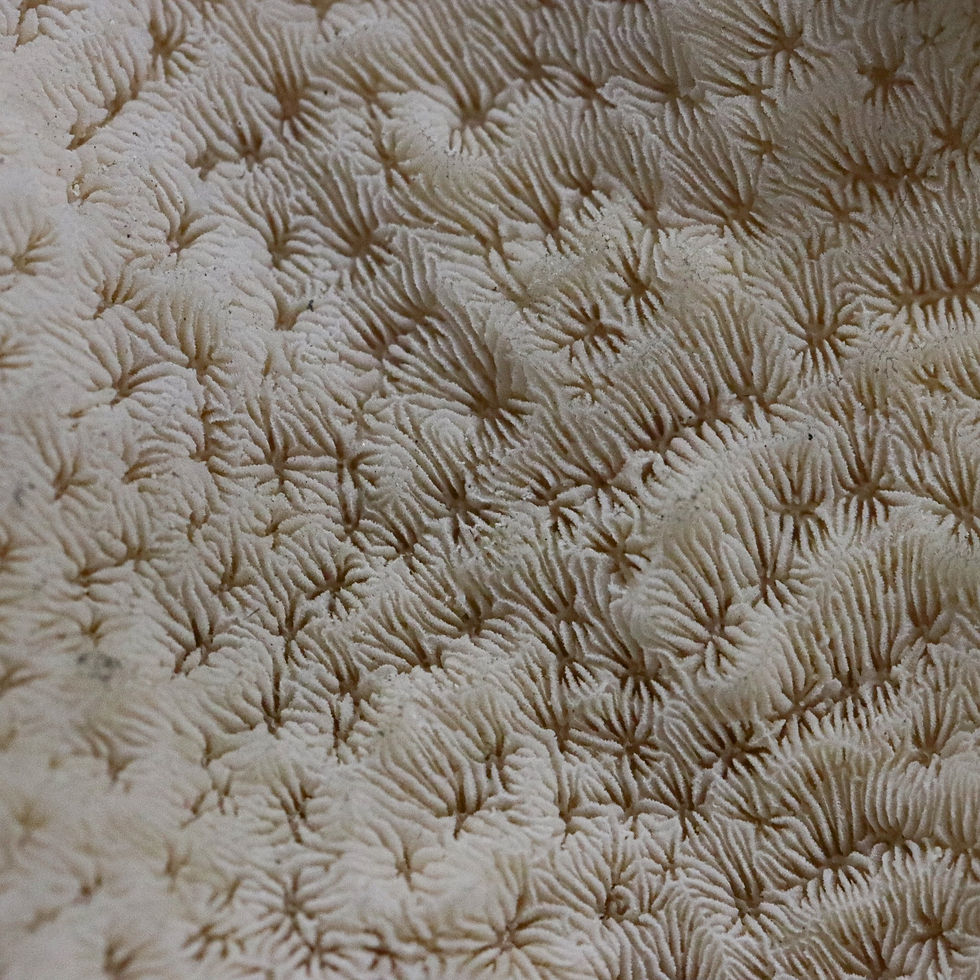
When snorkeling or diving in Hong Kong, it is very easy to spot them because of their upright and bifacial laminae (coral plate-like structures). The laminae face different directions or even grow in a perpendicular pattern, which cannot be found in other coral species. But what are the benefits of growing in a perpendicular pattern? Leaf corals are a fast-growing and submassive coral species. Growing in a perpendicular pattern allows them to grow fast and large in their massive form. Growing faster and larger allows them to get more resources and stronger to outcompete other species.
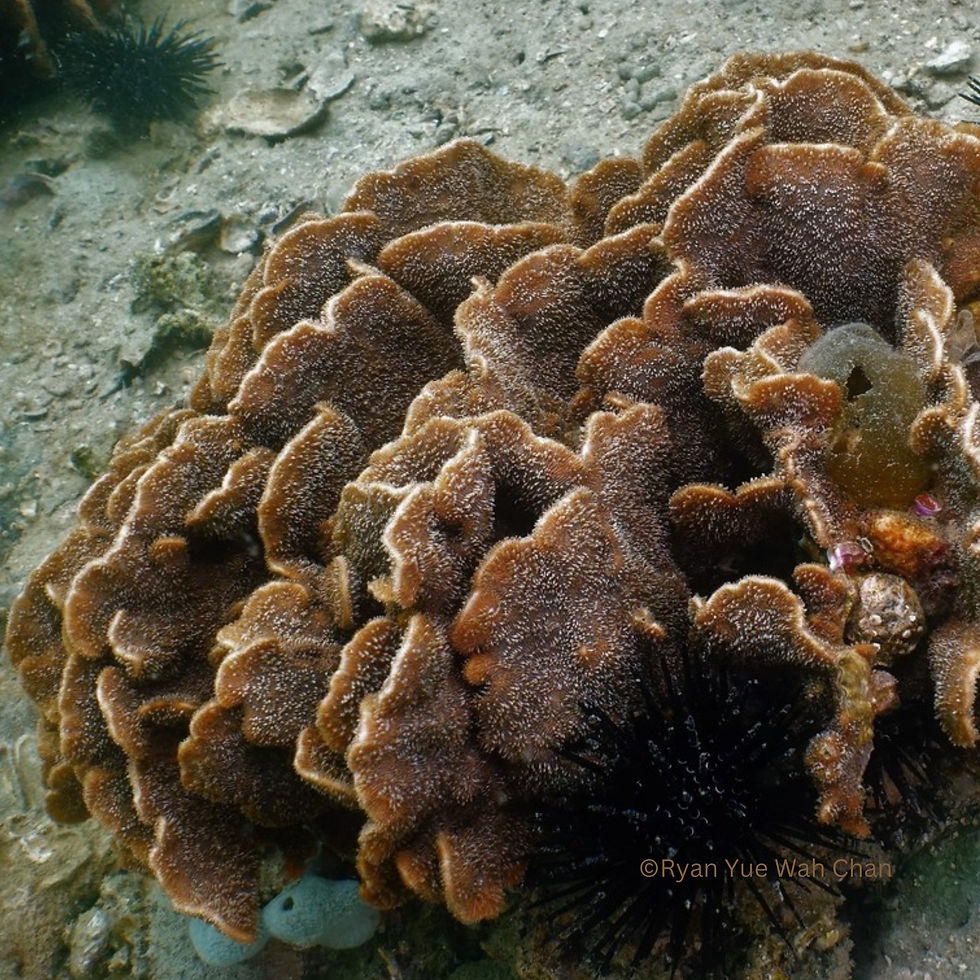
Corals in Hong Kong experience strong selective pressure and threats from the environment. Hong Kong presents a marginal environment for the coral reef environment due to the strong seasonal fluctuations in seawater temperature ranging from 14 to 31◦C and with strong water quality and salinity gradients due to the presence of the Pearl River Estuary to the west. Apart from seawater temperature and water quality, they may experience bleaching. In Hong Kong history, coral communities underwent three bleaching events in the summers of 1997-1998, 2014, and 2017. But why is 𝘗. 𝘥𝘦𝘤𝘶𝘴𝘴𝘢𝘵𝘢 still widely distributed in Hong Kong even though the environment is less favorable to coral growth.
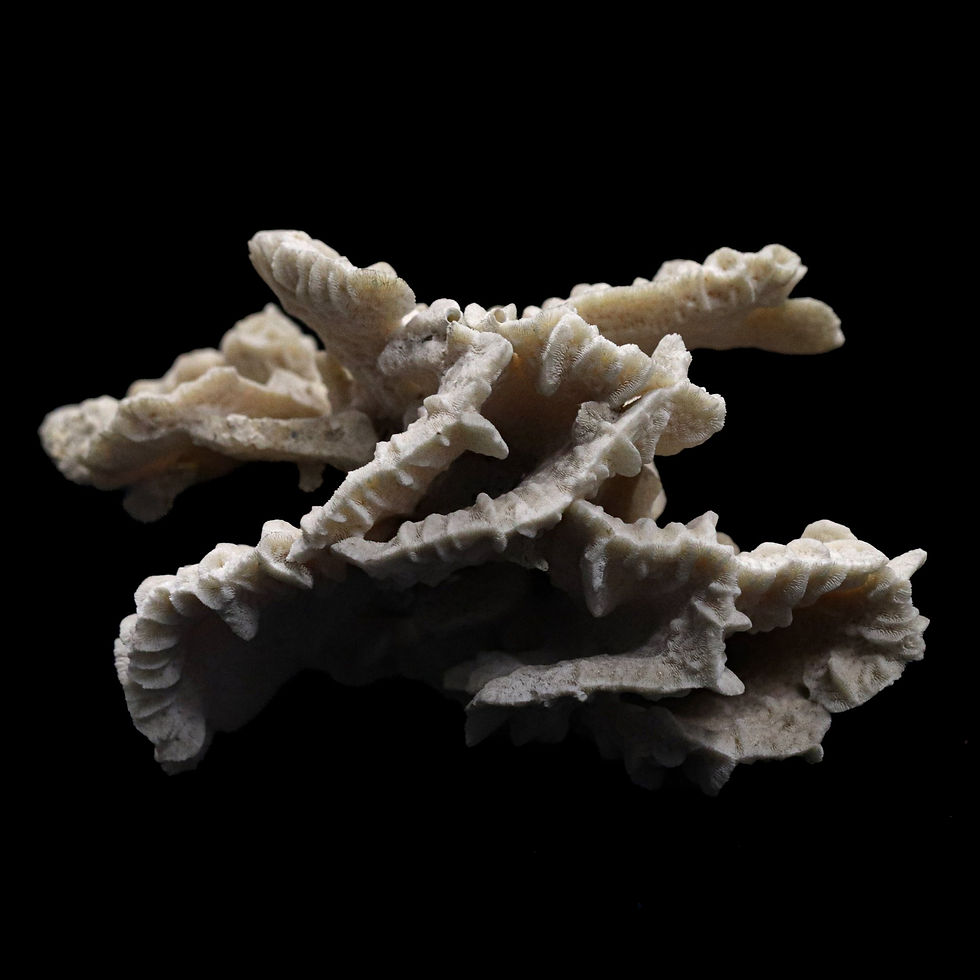
Research showed that 𝘗. 𝘥𝘦𝘤𝘶𝘴𝘴𝘢𝘵𝘢 has a good resilience to heat waves due to their high proportion of heat-tolerant symbiotic bacteria (Cladocopium C1/C1c). This maintains the symbiotic relationship between coral and zooxanthellae and slows down coral bleaching.
This is why when you visit the Hong Kong Biodiversity Museum most of our corals appear white - the zooxanthellae are long gone and with them only remains the white carbonate structure. Hopefully, we can still appreciate the structural beauty of corals not only in museums but also in the oceans.
Text: Lydia Chang
#hkbm #hk #biodiversity #museum #specimen #ECF #ECFriends #attraction #weekend #ecology #coral #leafcoral #animal

Commenti